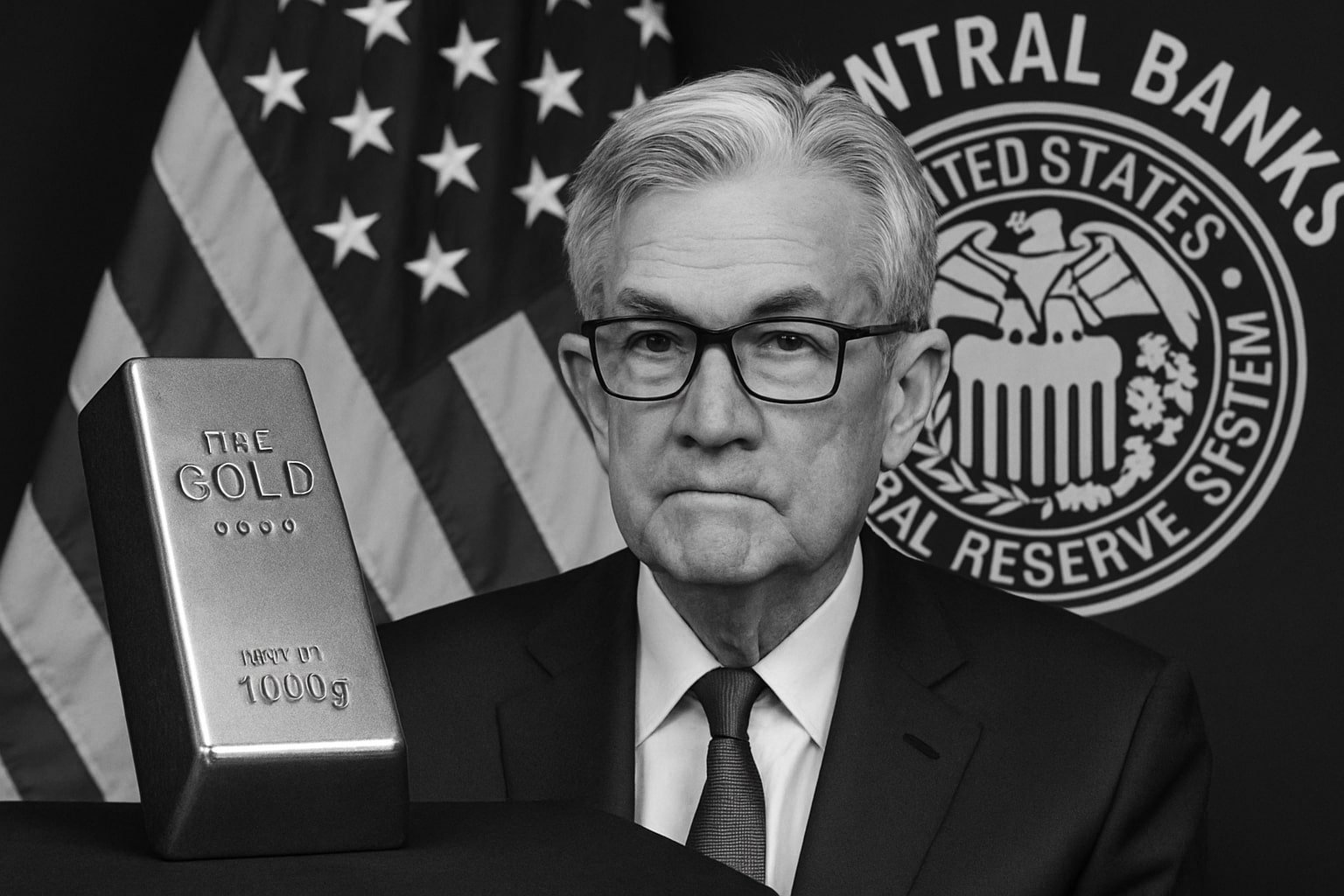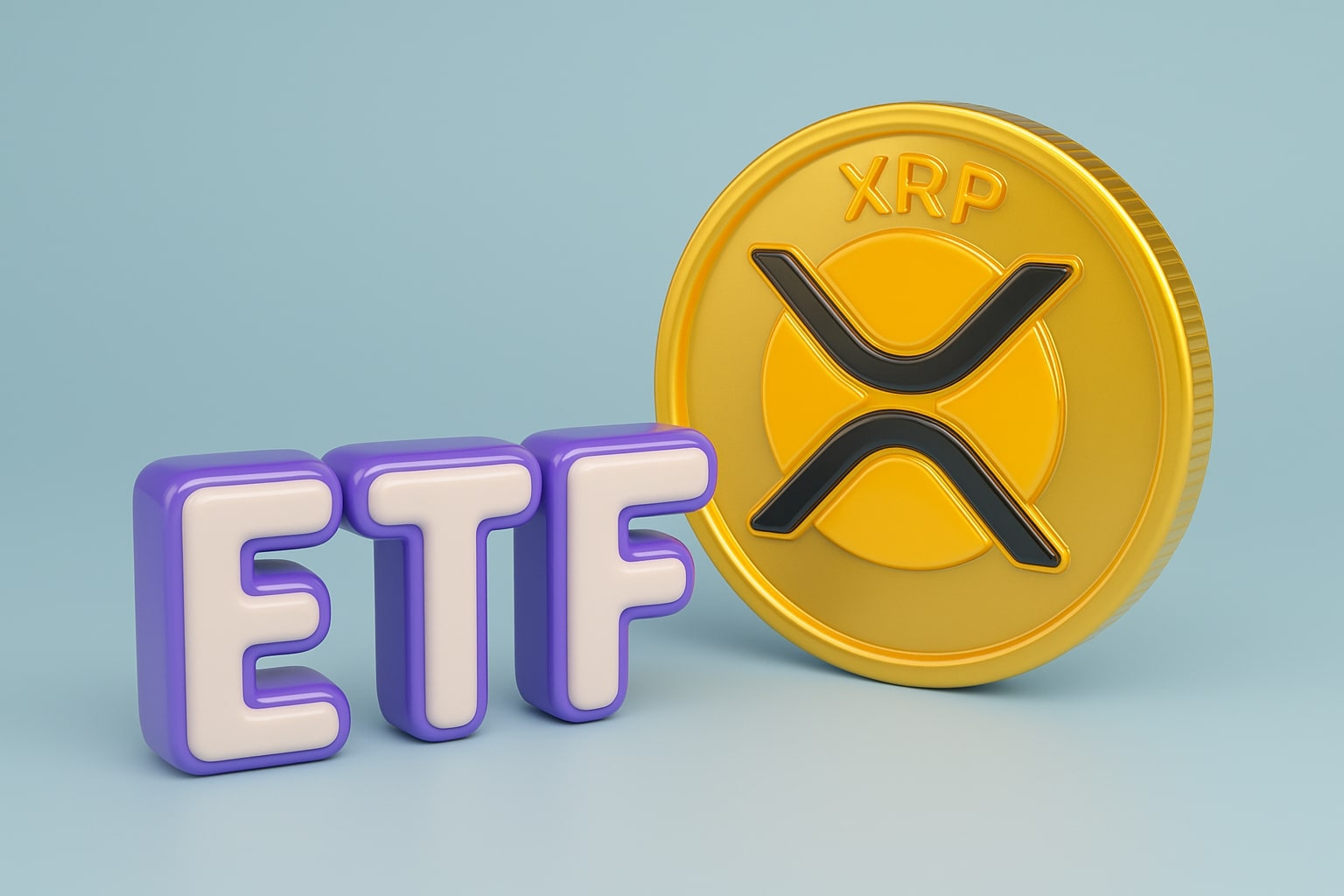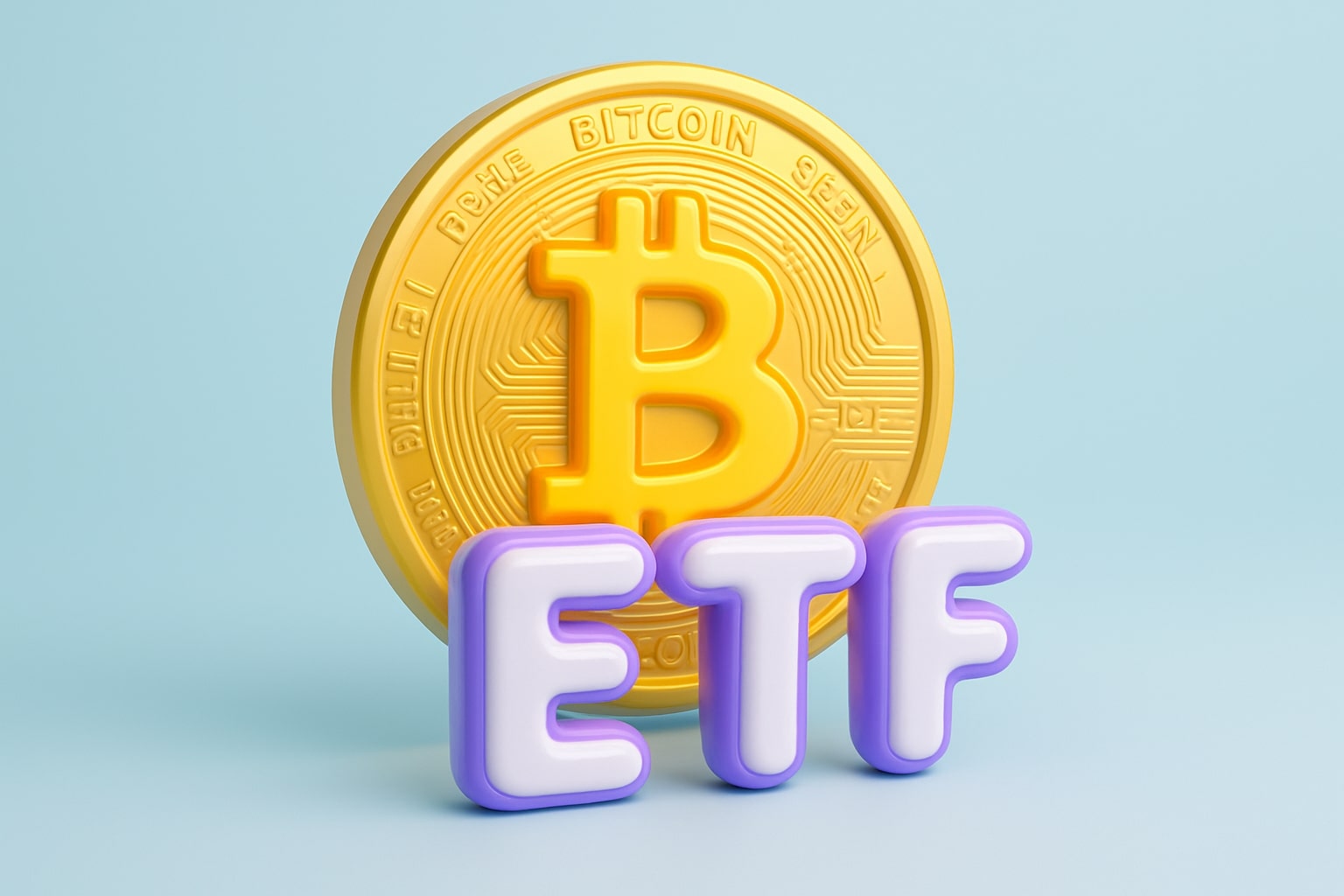
Gold Price Forecast - XAU/USD Drops to $3,950 After $4,050 Record as Dollar Strength
XAU/USD slips 2.1% amid Fed’s dovish tone, $1T central-bank reserves, and easing Middle East tension; RSI at 89.7 warns of overbought exhaustion | That's TradingNEWS
Gold (XAU/USD) Retreats to $3,950 After Historic $4,050 Peak as Dollar Strengthens
Gold (XAU/USD) retreated sharply on Thursday to $3,950 per ounce, marking its largest single-session drop since August, as a renewed wave of U.S. dollar demand and short-term profit-taking pressured the metal after its record-breaking rally above $4,000 earlier in the week. The move followed a historic milestone where spot prices reached $4,049.56, the 40th record high of 2025, before encountering resistance amid easing geopolitical tensions and a modest rebound in Treasury yields. Futures on COMEX (GC=F) traded near $3,985, down 2.10%, while the spot rate (XAU/USD) stabilized around $3,950–$3,970, confirming a temporary consolidation phase following an unprecedented 54% year-to-date surge.
Dollar Recovery and Geopolitical Easing Pressure Gold’s Overheated Rally
A sharp intraday bounce in the U.S. Dollar Index (DXY) to 100.38 (+0.72%) fueled selling pressure in gold. The reversal came as U.S. President Donald Trump declared that a Middle East ceasefire was “very close,” reducing immediate geopolitical risk premiums. The remarks, supported by reports of progress in Egyptian-brokered talks between Israel and Hamas, triggered a mild risk-on rotation across markets. Simultaneously, early optimism surrounding the U.S. government shutdown negotiations eased haven flows. However, despite the near-term cooling, macro undercurrents remain deeply bullish, with the greenback down 9% year-to-date and gold still outperforming every major asset class globally.
From Historic Rally to Technical Overstretch: RSI Near 90 Signals Exhaustion
After a meteoric climb from $2,650 in early January to $4,050 in October, gold entered an extreme overbought zone. The Relative Strength Index (RSI) soared to 89.7, the highest reading since 1980, signaling exhaustion risk. The Average Directional Index (ADX) above 50 confirms a powerful uptrend, but momentum indicators now flash caution. Technical maps show layered supports at $3,920, $3,850, and $3,700, with resistance positioned near $4,075–$4,120. A retracement toward $3,700 would represent a healthy correction of roughly 8%—consistent with previous cycle pullbacks—before renewed accumulation resumes.
Central Bank Buying and Institutional Hedging Reinforce Long-Term Bull Case
Even amid short-term weakness, structural demand remains overwhelming. Central banks have increased their holdings to match the value of U.S. Treasury reserves for the first time ever, signaling deep diversification away from the dollar. Global central bank purchases exceeded 850 tons in 2025, led by China, Turkey, and India, while sovereign wealth funds in Singapore and Luxembourg expanded allocations above 10% of reserves. The total market value of U.S. official gold holdings surpassed $1 trillion, driven entirely by price appreciation. Institutional investors mirrored this trend: ETFs added 142 tons in Q3, the fastest quarterly inflow since 2020. These inflows, combined with weakening real yields, form the cornerstone of the 2025 bull market.
Macroeconomic Drivers: Fed Dovish Pivot and Treasury Yield Slump
The Federal Reserve’s latest minutes revealed growing consensus for two rate cuts before year-end, reinforcing liquidity expansion themes. The 10-year U.S. Treasury yield slipped to 4.08%, while the 2-year yield dropped to 3.92%, flattening the curve. The dovish tone reduced the opportunity cost of holding non-yielding assets like gold, further magnified by the U.S. dollar’s declining purchasing power. Inflation-adjusted yields remain negative across most maturities, incentivizing institutional rotation toward tangible assets. The FedWatch Tool now prices a 75% probability of another 25-basis-point cut in December, signaling an ongoing policy transition that historically boosts precious metals.
Political and Trade Turbulence Sustain the “All-Weather Asset” Thesis
Gold’s transition from a crisis hedge to a universal portfolio anchor is now evident. Analysts describe gold as an “asset for all occasions,” outperforming during both expansionary and contractionary cycles. Persistent trade frictions, including Trump’s tariffs on European and Asian imports, the Japanese snap election, and France’s ongoing political gridlock, have all magnified uncertainty. Meanwhile, the U.S. fiscal impasse and the extended shutdown’s second week intensified investor appetite for tangible hedges. Since January, global ETF assets in gold surged 47%, while physical bullion demand in India and China rose 22% year-over-year, reflecting broad-based confidence in the metal’s stability.
Silver and Precious Metals Complex Mirror Gold’s Momentum
Gold’s rise has lifted the broader precious metals complex. Silver (XAG/USD) advanced to $49.00, up 67% year-to-date, nearing its 1980 all-time high, while platinum reclaimed $1,280, its best level in three years. The gold-silver ratio has contracted to 80:1, indicating relative outperformance in silver. Analysts attribute this synchronized rally to a weakening dollar, robust industrial demand, and investor diversification. However, both metals entered overbought zones, suggesting the likelihood of short-term cooling before resuming their longer-term uptrends.
Technical Map: Key Levels and Strategy for XAU/USD Traders
Gold’s immediate technical structure shows critical supports at $3,970, $3,920, and $3,850, aligned with intraday Fibonacci retracement clusters. On the upside, resistance holds at $4,075–$4,100, with an extension target near $4,160, derived from the measured-move projection following the February–April breakout. Sustained closes above $4,100 would confirm bullish continuation, while breaks below $3,850 could invite deeper corrections toward $3,700 or $3,450, where institutional bids are likely to re-emerge. Average daily trading volume remains high at $68 billion, confirming liquidity strength even amid profit-taking.
Read More
-
PFFA ETF Nears $21.50 as Rate Cuts and 9.49% Yield Spark Renewed Demand
29.11.2025 · TradingNEWS ArchiveStocks
-
XRPI and XRPR ETFs Ignite Ripple’s Institutional Rally as Inflows Near $1B and XRP Holds $2.20
29.11.2025 · TradingNEWS ArchiveCrypto
-
Natural Gas Price Forecast - NG=F Blasts to $4.85 as Demand Surge Fuel Multi-Month Breakout
29.11.2025 · TradingNEWS ArchiveCommodities
-
USD/JPY Price Forecast - Yen to Dollar Slides to 156.10 as Yen Strengthens on Fed Cut Expectations
29.11.2025 · TradingNEWS ArchiveForex
Moroccan Reserves and Global Currency Impact
The surge in gold prices has direct macro implications beyond Western markets. In Morocco, rising gold valuations have stabilized the Moroccan Dirham, increasing the nominal value of national reserves while raising domestic gold prices by 48% year-to-date. Local jewelry demand contracted 12% in Q3 due to affordability constraints, and smuggling risk rose as traders sought to bypass official import limits. The government’s recent launch of a national gold import company aims to regulate flows and stabilize pricing. Similar reserve revaluations occurred across Egypt, South Africa, and Indonesia, where gold’s surge supported currency stabilization efforts amid fiscal stress.
Investor Positioning and Market Sentiment
Data from CFTC Commitment of Traders shows net long positions in gold futures rising to 292,000 contracts, the highest since 2011. However, leveraged positioning has grown stretched, with hedge fund longs outpacing shorts by a 4.6:1 ratio, increasing the risk of volatility on corrective pullbacks. The Fear and Greed Index for commodities sits at 79 (Extreme Greed), mirroring speculative sentiment that often precedes short-term corrections. Still, institutional allocation models remain underweight gold relative to historical norms, suggesting room for incremental inflows in Q4 2025.
Outlook: Structural Bull Market Remains Intact Despite Pullback
Despite Thursday’s retreat, gold’s broader structure remains decisively bullish. The combination of central bank diversification, negative real yields, persistent geopolitical risk, and liquidity expansion supports further upside. Technically, the consolidation between $3,950 and $4,050 represents a stabilization phase after an extraordinary vertical advance. Historical analogs from 1979, 2011, and 2020 suggest that such pauses often precede renewed acceleration toward new highs once speculative froth dissipates.
Verdict: Based on macro, technical, and institutional dynamics, Gold (XAU/USD) remains a BUY on dips. While the short-term bias has turned neutral following the overbought correction, the structural trend points to an extended move toward $4,400–$4,500 by mid-2026. Investors are advised to accumulate on retracements near $3,850–$3,900, maintain tight risk controls below $3,700, and target progressive breakouts above $4,100 as the next confirmation of bullish continuity.



















